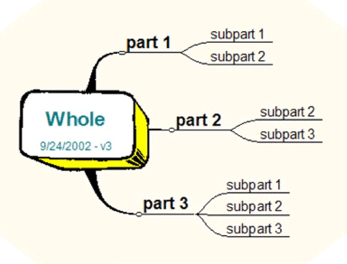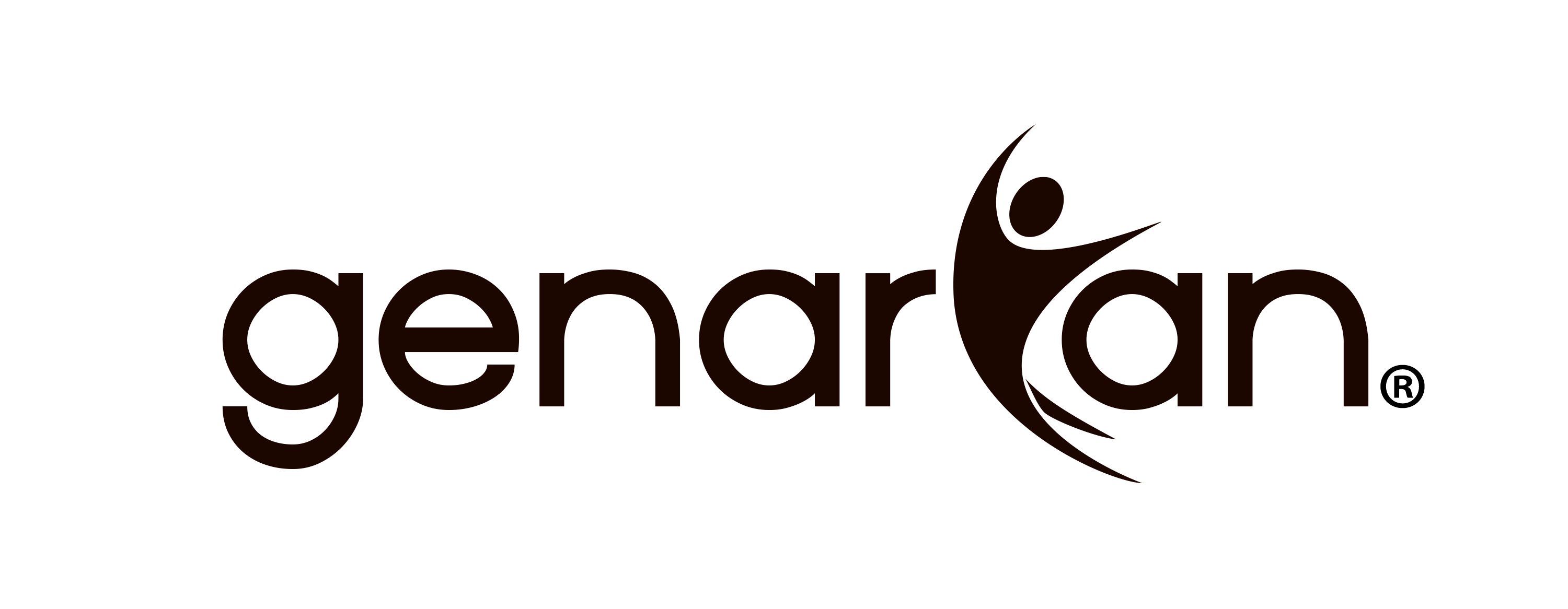Parts of the Whole

My computer is acting up… big time! It has been spontaneously shutting down, losing some of my work, causing me aggravation, and wasting my time. My productivity has decreased, e-mail has backed up, and blogging and client note-taking has waned. It is so frustrating. When my computer acts up and my access to technology feels threatened, I usually resort to the position “if I never got involved in this whole technology thing, I would be a lot better off.”
I think my progression into an electronic “plugged in” lifestyle was fairly common. I don’t recall resisting the need to have a computer, e-mail, and some other gadgets (although the cost and rapid “disposability” of equipment was always a bit much to take).In fact, I have embraced technology and do enjoy the ease having it brings to my life. In fact, a large part of my business is built around connectivity. Years ago I named my goal: to build a coaching practice that I can do anywhere in the world. Having a laptop computer and a cell phone gives me amazing freedom to do just that.
[Insert admission here…] Technology has become essential to me.
In this particular computer episode, my aggravation is not at having lost data; I haven’t and I back up my computer regularly. The aggravation I experience is in the fact that the data and my software and my programs are on the computer—it’s all there—and I have no access to them. The computer is dead. Feeling immobilized, incapable, and crippled come to mind.
So this is what I am thinking: What happens when the sum of the parts does not add up to a whole! Or in the affirmative, what are we able to accomplish when the sum of the parts add up to a whole?
I think about a client (an organization) who has a staff, a donor base, a board of directors, some consultants, a strategic plan, and financial resources. Their goal is to make huge impact for a particular group of people. And yet, there is little movement toward this goal. The parts cannot/do not come together to achieve the goal. There is a spinning—an inertia—that keeps a process happening, but it is not a process taking this client toward its biggest goal. I wonder, what is the component that is missing, that prevents the parts from coming together? What needs to be tweaked in order to course-correct the parts and meet the goal? And what are the barriers to tweaking the parts? What’s trying to happen here?
My resourcefulness will help me to see solutions to my computer dilemma. I can take my back-up disk and get my data and borrow a computer to use the data. I can go to the local public library or coffee house for e-mail and web access. I can take out a pen and paper to write a letter and buy a stamp and mail it (do you know stamps are $.42 now?) or I can send a FAX (remember those machines?). I am getting my computer repaired. Similarly, my client can raise more money, enhance the skills of the board, realign the programs, retrain some staff, revise its long-term plan, and revisit its fundraising case. In either case, naming the challenge, tweaking and making some needed adjustments to the parts, and also aligning the parts with the whole will lead to success.
Notice the parts and the whole in your week. What do you know about their alignment? If the alignment is a bit off, what needs to happen? The parts are in service to something larger; what is it and how committed are you to it?
Have a great week.
BOOK YOUR SAMPLE SESSION WITH GARY
Meet Gary Groth. Experience a coaching session. Get your questions answered. Let’s see what we can create together!

